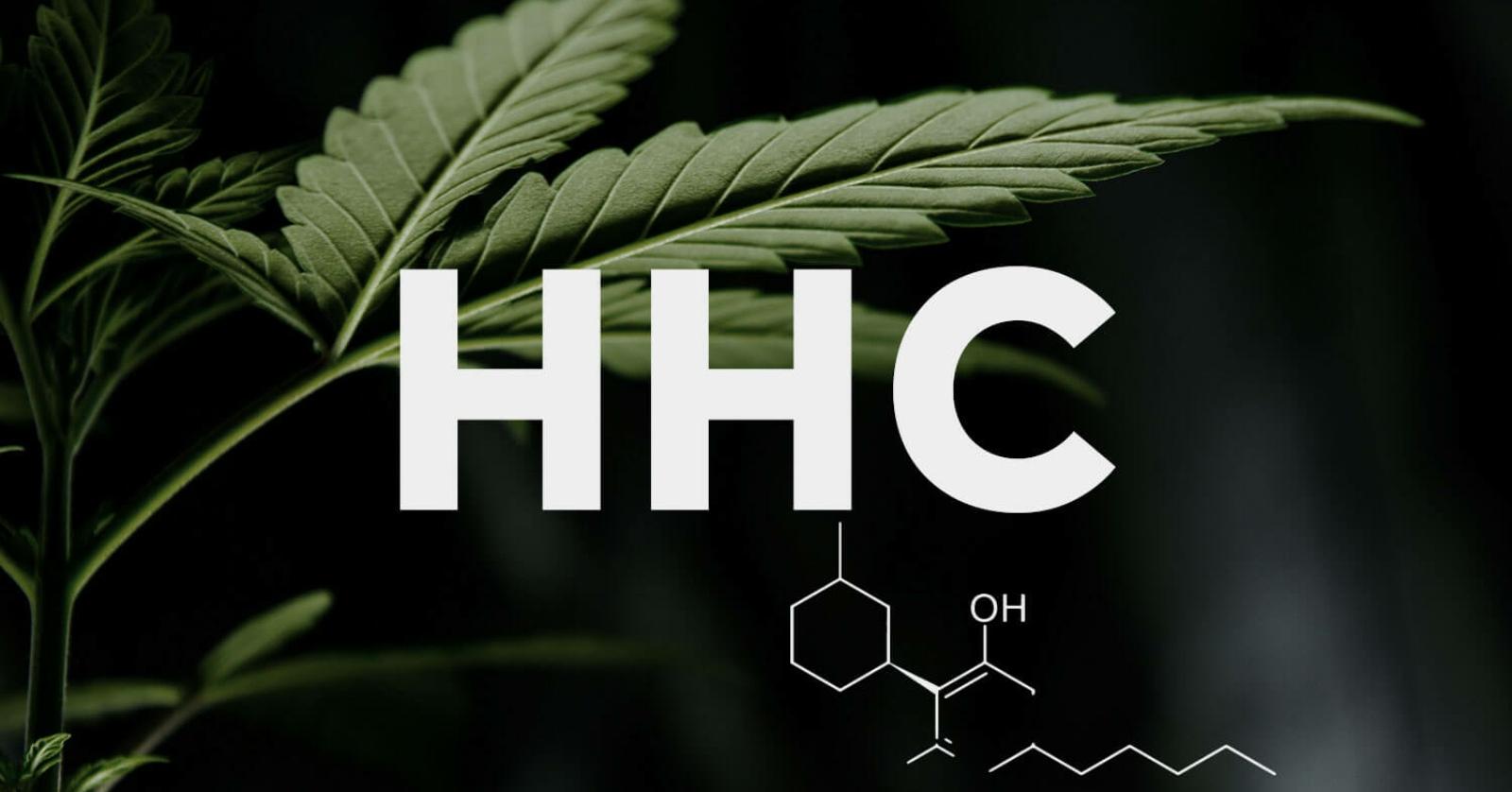The world of cannabinoids is conti[a]nually expanding, with various compounds gaining attention for their potential therapeutic effects and recreational use. Among these compounds, HHC (Hexahydrocannabinol) and Delta 9 THC (Tetrahydrocannabinol) have piqued the curiosity of both researchers and consumers. While they share similarities in their chemical structure and interaction with the endocannabinoid system, they differ significantly regarding effects and legality. Read the article where you will delve into the distinctions between these two natural plant-based drugs, shedding light on how these compounds affect users and their legal status.
-
Chemical Structure and Composition:
HHC and Delta 9 THC have similar chemical structures, with both belonging to the family of cannabinoids found in the cannabis plant. However, there is a notable difference in their molecular arrangement. Delta 9 THC has a cyclic ring structure, while HHC features a fully saturated hydrocarbon ring. This structural variance can impact their binding affinity to cannabinoid receptors, ultimately influencing the effects they produce.
-
Psychoactive Effects:
One of the most significant differences between the two cannabis drugs lies in their psychoactive effects. Delta 9 THC is well-known for its potent psychotropic properties, causing the characteristic “high” associated with cannabis use. It interacts primarily with CB1 receptors in the brain, leading to alterations in perception, mood, and cognition. In contrast, HHC is reported to produce milder and less pronounced psychoactive effects. Users often describe it as having a more subtle and clear-headed high, which can be appealing to those seeking a less intense experience.
-
Legality:
The legal status of such two cannabis drugs varies considerably. Delta 9 THC is identified as a controlled substance in many countries and states due to its psychoactive nature. While some regions have legalized it for medical or recreational use, others maintain strict regulations or outright prohibition. On the other hand, HHC falls into a legal gray area in some places. It may not be explicitly listed as a controlled substance in certain jurisdictions, making it more accessible to consumers seeking a cannabis-like experience without violating local laws. However, the legality of HHC can change rapidly as lawmakers adapt to evolving cannabinoid compounds.
-
Duration of Effects:
Another significant difference between these two cannabis variations is the duration of their effects. Delta 9 THC typically has a relatively short-lived high, with effects lasting a few hours. In contrast, HHC is reported to have a more prolonged duration of action. Users have noted that the effects of HHC can persist for an extended period, potentially offering a more sustained experience for those seeking relief from various symptoms.
-
Potential Therapeutic Benefits:
While research on HHC is still in its infancy, both compounds have shown potential therapeutic benefits. Delta-9 THC has been studied broadly for its ability to alleviate pain, nausea, and muscle spasms, making it a valuable option for patients with various medical conditions. HHC, although less researched, may offer similar benefits without the intensity of Delta 9 THC’s psychoactive effects. However, it is crucial to note that more research is needed to understand the therapeutic potential of HHC fully.
-
Safety and Side Effects:
When comparing both of these cannabis drugs, it’s necessary to consider safety and potential side effects. Delta 9 THC is known to cause adverse effects such as anxiety, paranoia, and impaired coordination, especially when consumed in high doses. In contrast, HHC may have a more favorable side effect profile, with users reporting fewer instances of anxiety or paranoia. However, as with any cannabinoid, individual responses can vary, and caution is advisable when experimenting with these compounds.
Conclusion:
In the ever-evolving landscape of cannabinoids, HHC and Delta 9 THC stand out as compounds with distinct characteristics. While they share similarities in chemical structure and potential therapeutic benefits, their differences in psychoactivity, legality, duration of effects, and safety profiles set them apart. Read the article once again before buying such plant-based drugs. As research continues to expand human understanding of these compounds, consumers and policymakers alike must stay informed about the unique attributes of these two cannabis variations to make informed decisions regarding their use and regulation.
[a]Content Quality Form
Content Proof checked by: Tiyas Golder
Relevancy:
1. Related to the client’s products or services (Yes)
2. No Review type content (Yes)
3. Relevant to the target link included in the article (Yes)
Topic:
1. Topic should be editorial and related to the brand’s product or service (Yes)
2. Content should not be overly promotional about the brand’s product or service (Yes)
3. Quality (Yes)
4. Written in US English (Yes)
5. No grammar, spelling errors, run on sentences, etc. (Yes)
6. Minimum 500 words (Yes)
7. Tense, POV maintained across the content (Yes)
Links:
1. Link is geo-focused; content should be related to that geo. Ex: if the link is about a specific location, the content should also be related to that location (Yes)
2. Link is not out of place with the content (Yes)
3. Link should appear as early in the content as possible (Yes)
4. Only include the 1 brand link provided (i.e. do not add additional links to the client’s other pages or homepage unless specified) (Yes)
Anchor Text:
1. Matches exactly with what is provided (pay attention to intentional misspellings and upper/lowercase) (Yes)
2. Flows naturally into the sentence and not be awkwardly stuffed in other links (Yes)
3. Included at least 1 outbound relevant link to non-competitor sites (Yes)
4. Included at least 1 internal relevant link within the shortlisted site (Yes)
5. Anchor text is relevant to the page it’s linking to (Yes)
Disclosure
1. Not written as if the client wrote it, do not use terms like “we” and “us” (Yes)
2. Relevant Image included (No)
